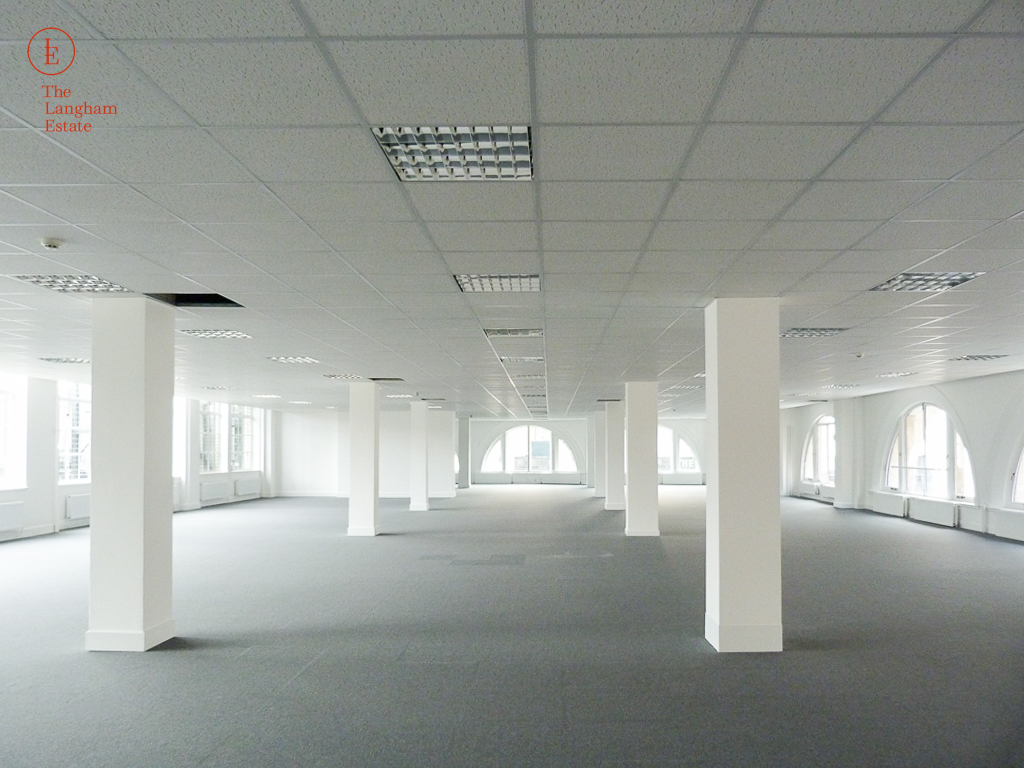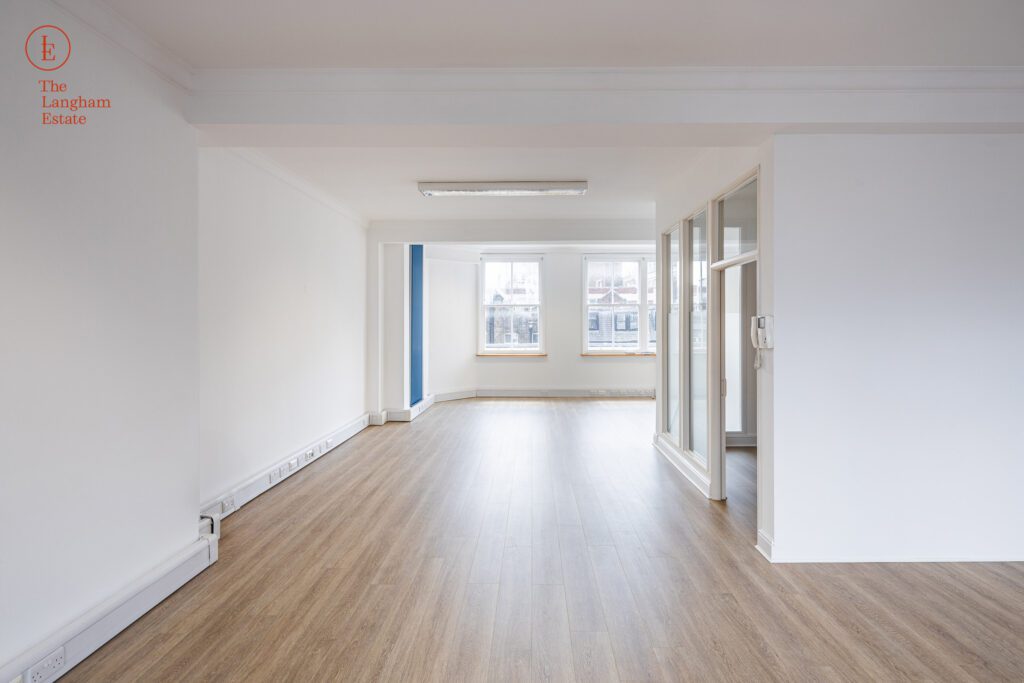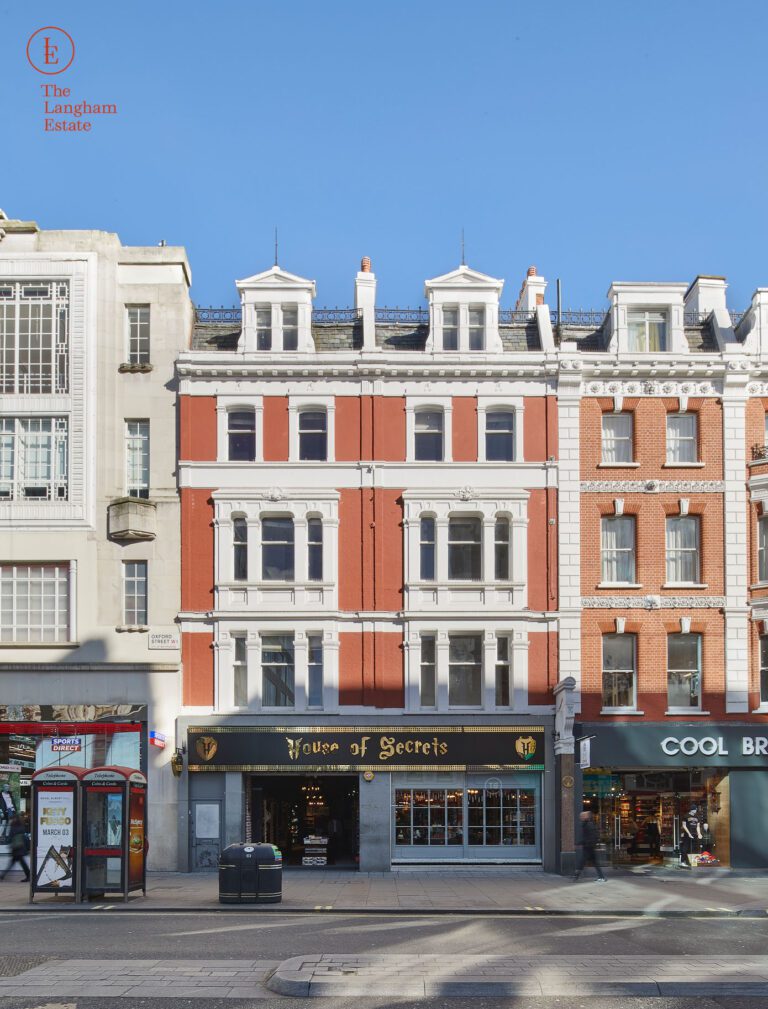Serviced – Managed – Leased Office: What’s difference?
The world of work is evolving rapidly, with businesses constantly looking for workspaces, a permanent office space that meet them where they are. Before serviced offices were a thing, businesses only needed to lease an ideal office space. Fast-forward to today, we have managed offices which promise the best of both worlds. But which one of these office spaces is ideal for your business? We have answered this question in detail in the sections below.
What are serviced offices?
Service office is a private, fully furnished office space available on flexible, pay-as-you-go terms.
Service office is managed by a workspace provider, who divides office buildings into separate units for different tenants.
Service offices are ideal for agile or growing businesses needing scalable space without long-term contracts.
Key features and amenities
- Office space: Includes desks, chairs, shelving, and storage. Tenants can often bring their own furniture if preferred.
- Meeting rooms: May be included in the lease or available as an add-on.
- Breakout areas: Collaborative spaces to encourage team interaction and creative thinking.
- Shared amenities: Kitchens, lounges, gyms, and showers are available in many buildings.
- Reception and management services:
- Receptionists handle client-facing tasks and support services.
- On-site managers oversee daily operations and act as points of contact.
Considerations when choosing a service office
- Location, layout, and budget are key decision factors.
- Evaluate which amenities matter most for your team’s productivity and comfort.
- Not suitable for every business, especially those needing permanent or highly customised spaces.


Pros of serviced offices
- Flexible lease terms.
- They are cost-effective, especially for startups and scaling businesses.
- Most serviced offices offer high-end facilities and behind-the-scenes support services, such as IT, cleaning staff, a receptionist, etc.
- It is easy to find an eco-friendly office space that aligns with most businesses’ sustainability goals.
Cons of serviced offices
- Shared facilities may introduce operational bottlenecks.
- Serviced businesses may limit business branding opportunities.
What are managed offices?

Managed office is similar to serviced offices in that they’re fully equipped and offered on flexible, pay-as-you-go terms.
Key difference: greater customisation and branding freedom for tenants.
Tenants work with the provider to design a bespoke workspace that reflects their brand and operational needs.
Key features
- Customisable layout: Choose the size, number of workstations, meeting rooms, and open-plan vs. private areas.
- Personal branding: Add logos, colours, wall art, and other elements to match your company identity.
- Tenant-led design: More input is required from the business in planning and approvals.
- Delivered turnkey: Once the design is finalised, the provider builds out and delivers the space as specified.
Benefits of managed offices
- Combining the ease of serviced offices with the customisation of a traditional lease.
- Supports businesses aiming to build a distinct workplace culture and brand identity.
- Ideal for companies needing flexibility without sacrificing brand presence.
Pros of managed offices
- It is more exclusive to your business.
- The all-inclusive monthly fee simplifies budgeting.
- It delivers more value for the money compared to leased offices.
Cons of managed offices
- It takes a longer time to move into a managed office due to all the custom modifications.
- It is relatively more expensive than serviced offices.
- Less flexible than serviced offices.
What are leased offices?
A leased office is a traditional office arrangement: Rented directly from a landlord or property manager.
Leased office offers full control over layout and fit-out, including branding, furniture, and utilities.
Higher upfront investment: Tenants are responsible for furnishing and equipping the space.
A leased office is best suited for businesses that want a long-term, fully customised environment.
Lease terms
- Short-term leases: 18 months to 3 years.
- Long-term leases: 5 to 10 years.
- Long leases are preferred by established or growth-ready companies seeking stability and space ownership feel.
Read more: Short-term vs. long-term office lease: pros and cons


Pros of leased offices
- They are more cost-effective in the long run compared to serviced and managed offices.
- They come with greater legal protection.
- Offers more flexibility for personal branding.
Cons of leased offices
- Comes with a higher upfront cost.
- Less agility in terms of scaling down, moving, or expanding.
- It takes a longer time to move in.
In-depth comparison: Which office type is best?
Choosing the ideal office space for your business requires carefully analysing your unique business needs, future goals, budget and more. You also need to consider the pros and cons of each office setup and how choosing one and not the other will impact your business in the short and long term.
Compare these 3 factors
Before you make up your mind, there are three key factors to consider. These are:
Cost efficiency for small vs. large businesses
Small businesses often benefit from serviced offices due to their lower upfront costs. On the other hand, larger companies may prefer leased or managed spaces for long-term savings.
Long-term vs. short-term flexibility
Serviced offices allow businesses to scale operations quickly without the high upfront cost. The company can downsize or expand with ease. Leased spaces, however, are less flexible, but they offer stability and predictability in the long run.
Customisation and control: serviced vs managed vs leased
Leased offices offer the most control over design and branding but require significant management, while serviced spaces are fully furnished and managed but with limited customisation. Managed offices provide a middle ground, balancing control and customisation with convenience.
Ask yourself 2 questions
If you have considered everything but still need that nod of affirmation before making the final call, there are two questions you can ask yourself: How much space does my business need, and what are my future expansion plans?
Assess the current team size and desk requirements while considering hybrid work and peak usage. Similarly, consider whether you will need to scale quickly or adjust operations.
If you can articulate these questions, you probably have an answer already.
See more: What is Cat A and Cat B fit out?
-
1

We understand that every business has its own needs
At The Langham Estate, we understand that every business has its own needs regarding workspace size, design and layouts. That is why we keep abreast of new office space trends to ensure we meet the demands of all business types – whether start-ups, fast-growth businesses or freelancer setups. Our serviced office space at Gilmoora House truly reflects this commitment. The house is located in central London within the Fitzrovia Quarter. It offers high-end facilities, including high-speed internet connection, breakout areas, showering facilities, meeting rooms, and adequate natural lighting, to mention a few. Contact us today to learn more about this space and how it can work for your business.
At The Langham Estate, we understand that every business has its own needs regarding workspace size, design and layouts. That is why we keep abreast of new office space trends to ensure we meet the demands of all business types – whether start-ups, fast-growth businesses or freelancer setups. Our serviced office space at Gilmoora House truly reflects this commitment. The house is located in central London within the Fitzrovia Quarter. It offers high-end facilities, including high-speed internet connection, breakout areas, showering facilities, meeting rooms, and adequate natural lighting, to mention a few. Contact us today to learn more about this space and how it can work for your business.
Key Takeaway: Choosing the right office space—serviced, managed, or leased—depends on your business’s size, growth plans, and need for flexibility and customization. Evaluate each type based on cost, control, and convenience to find the best fit.

Office spaces in central London
Find you ideal office for rent in central London at The Langham Estate
Find you ideal office for rent in central London at The Langham Estate
